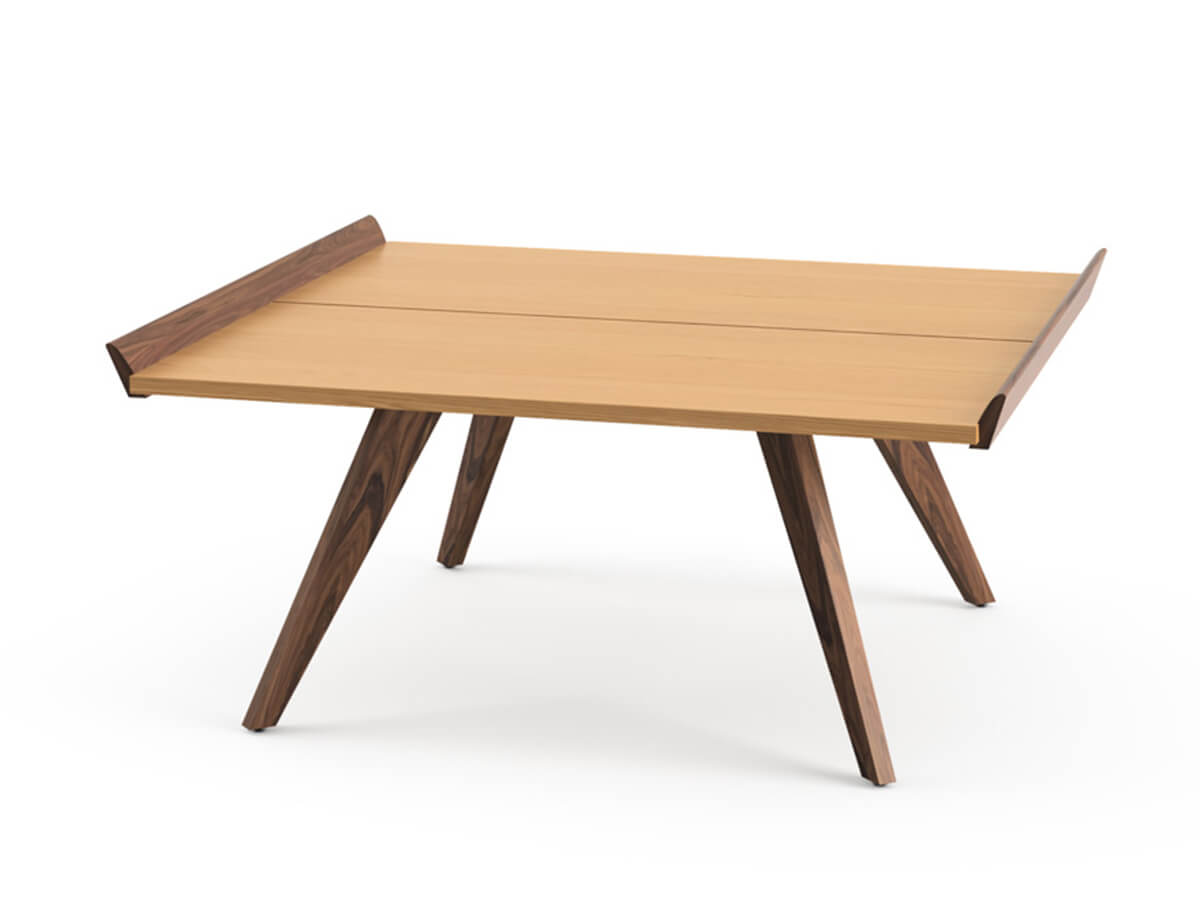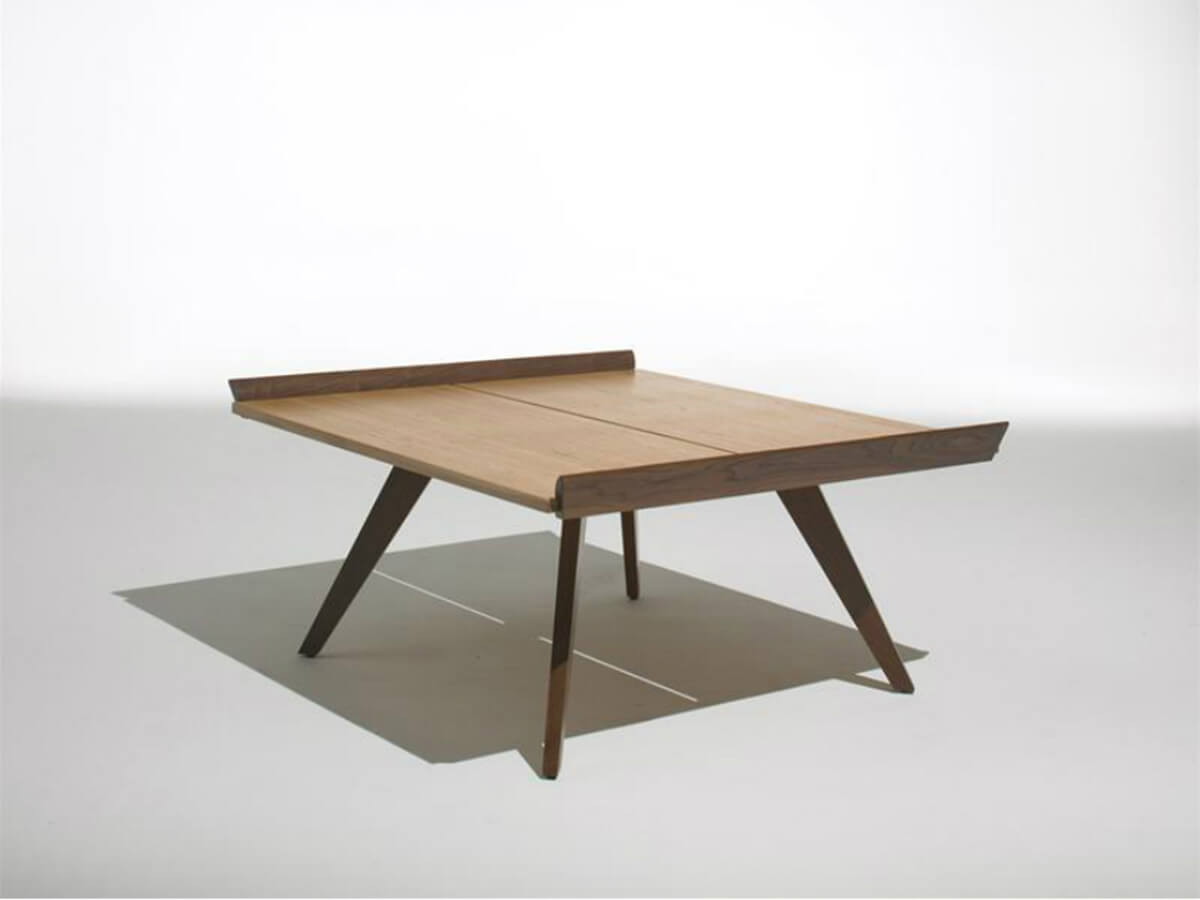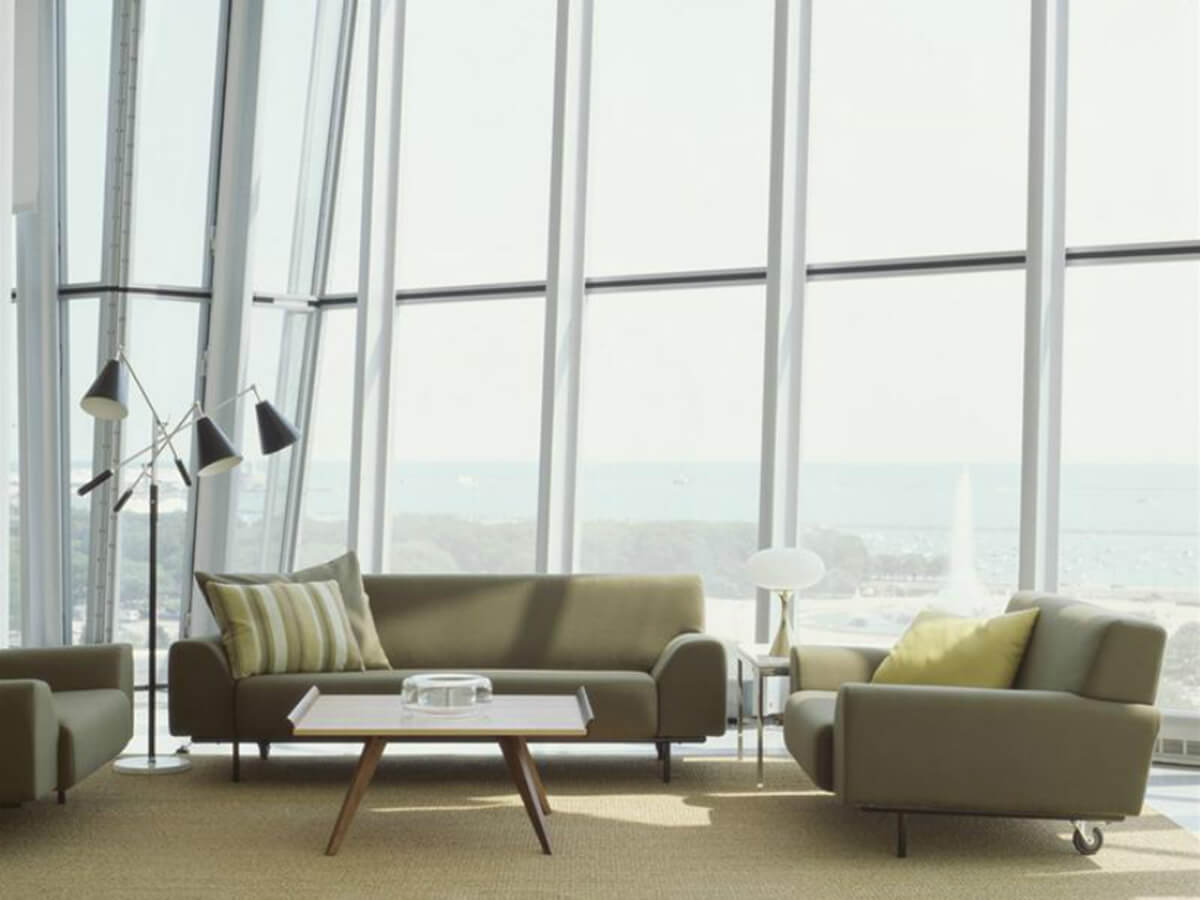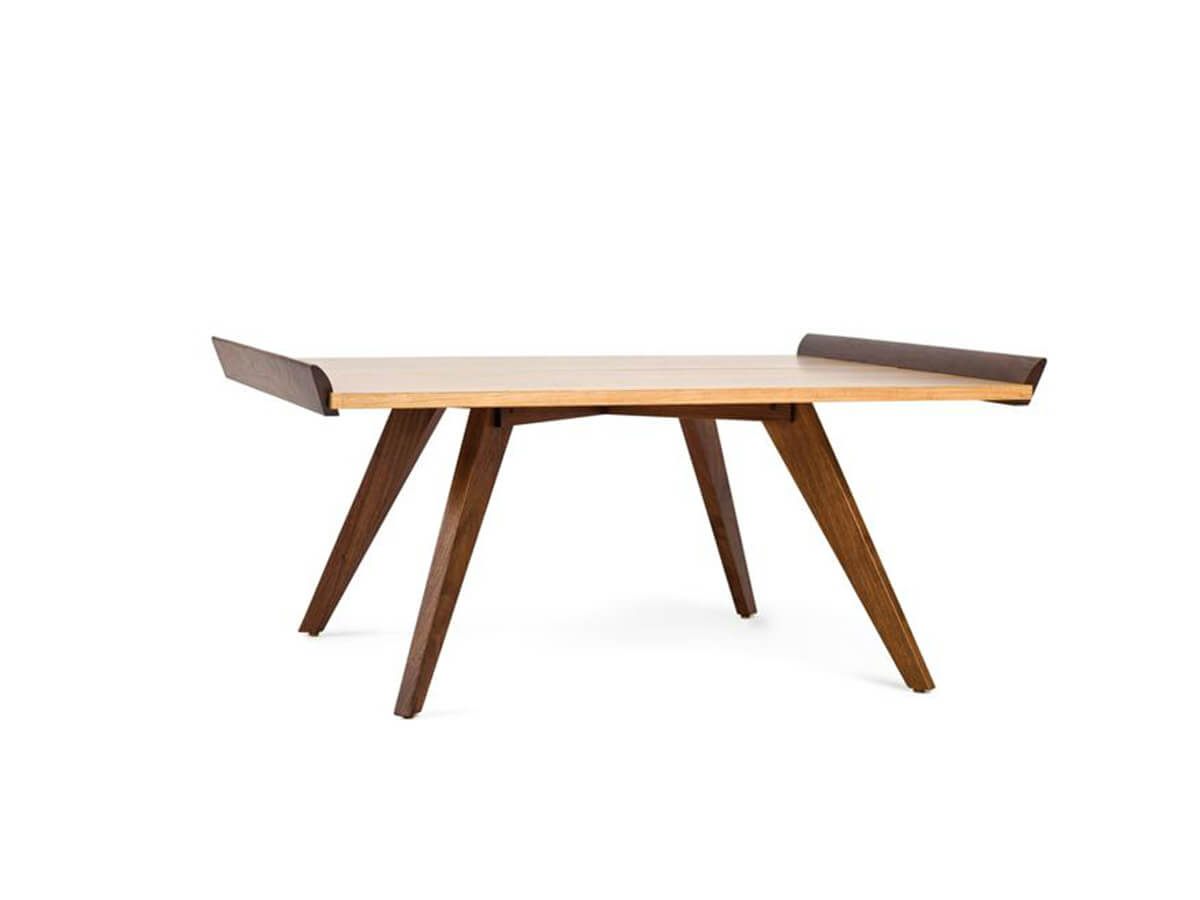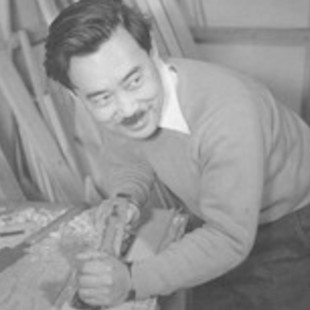Knoll
Splay Leg Coffee Table
Price € 4.319,00
The Splay-Leg coffee table represents a hymn to lightness and simplicity, where a veneered top is grafted onto a solid wood edge, creating the illusion of small wings made of lightness and great compositional harmony. The inverted cathedral motif of the top summarizes George Nakashima's mastery of combining old and new, tradition and modernity in order to model something new, impossible to misunderstand. The low-gloss finishes best enhance the natural veins available in different finishes according to taste. An object between complement and furniture for the living area, perfect for anyone who wants to furnish with simplicity.
W.96 x D.86,7 x H.45 cm
Salvioni Design Solutions delivers all around the world. The assembly service is also available by our teams of specialized workers.
Each product is tailor-made for the personal taste and indications of the customer in a customized finish and that is why the production time may vary according to the chosen product.
To discover the full range of services available, visit our delivery page.
Select
Select
Select
Landed in the United States at the beginning of the ‘30s, Hans Knoll, a young German-born son of a furniture-maker in Stuttgart, proposed to import into the new continent the modern European design, contemporary heritage of the Bauhaus. Died prematurely, his work was continued by his wife, Florence Knoll, who succeeded in establishing lasting partnerships with some of the greatest exponents of the modernist movement. Few years later the Knoll Associates was founded. Today, Knoll is not only a company of re-selling historic furnishings of great artistic value, but continues to innovate by offering creations of the major international design brands both in the home area and in the office furnitures sector.Read more
Designed by
George Nakashima
George Nakashima (1905-1990) was one of the most renowned American cabinet makers and designers of the entire twentieth century. His creations are all closely linked to the use of wood, which he emphasized in the beauty of its most natural aspects such as knots and veins that made each creation a unique piece. Born in the state of Washington from a family of Japanese origins, his creations recover the ancient oriental art in woodworking and stand in strong contrast with the dominant modernist aesthetic, recovering the memory of styles and techniques of the past that it was. After studying architecture, Nakashima traveled extensively around the world, visiting Europe and North Africa before settling in the land of his ancestors, working for the Japanese branch of the American architect Antonin Raymond's studio. After returning to the USA, at the outbreak of World War II, like many other Japanese-Americans, he was interned in a labor camp, and it was on that occasion that he learned the secrets of woodworking from a fellow prisoner. Freed on Raymond's intercession and settled in Pennsylvania, he opened a carpentry shop, working mainly on commission for luxury projects including the Nelson Rockefeller residence. His creative philosophy closely linked to manual work kept him away from working with the big mass production brands, with the exception of a special collaboration with Knoll in the 1940s. The work of his atelier continues to this day, even many years after his death, carried on by his daughter Mira Nakashima in continuity with his father's ideas.Read more
